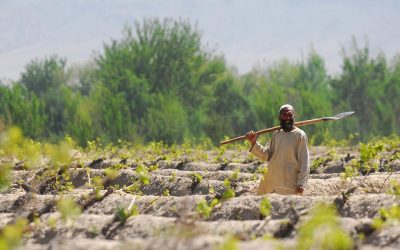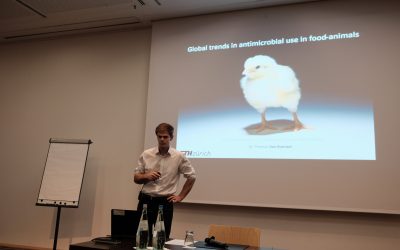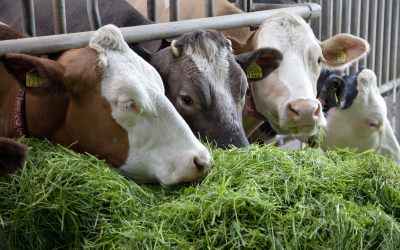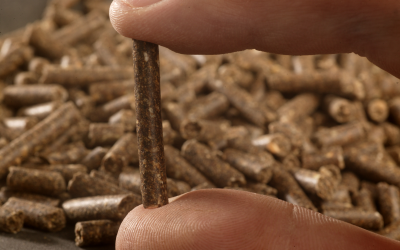Number of native livestock breeds declining
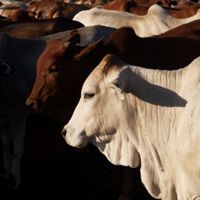
The number of strong native livestock breeds across developing countries is declining, as they are increasingly replaced by ‘western breeds’. However, farm experts believe that this is not a sustainable solution and are therefore calling to create gene banks to save these valuable breeds.
Carlos Seré of the International
Livestock Research Institute said at meeting convened by the UN Food and
Agriculture Organization (FAO) in
Interlaken, Switzerland. Native breeds are increasingly being supplanted by
high-yield Western farm animals, which may be less well able to adapt to their
new environment in times of drought or disease, found a joint report by Seré’s
institute and the FAO on the diversity of farm animals in 169
countries.
Problems on the long term
The black and white
Holstein-Friesian dairy cow has high milk yields, and is now found in 128
countries and all of the world’s regions. Fast egg-laying white leghorn chickens
and quick-growing large white pigs are other examples of high-yield stock.
These breeds offer high volumes of meat, milk and eggs. But the
researchers warn that the growing reliance on a handful of farm animal species
is causing the loss on average of one livestock breed every month in developing
countries. And over the longer term, the imported breeds may not cope with
unpredictable environmental change or outbreaks of indigenous
disease.
Gene banks
Seré is calling for the creation of gene
banks to store semen, eggs and embryos of farm animals. Seré says such gene
banks have been set up in Europe, the US, China, India and parts of Latin
America, but are absent from Africa. But gene banks are just one step needed to
better manage farm animals in developing countries, Seré says. The other steps
he suggests are:
• Encouraging farmers to maintain a diversity of breeds
•
Making it easier for farm animals to cross national borders with their
owners
• Generate “landscape genomics”, which help predict which breeds are
best suited to different environments around the globe
Source:
NewScientist




